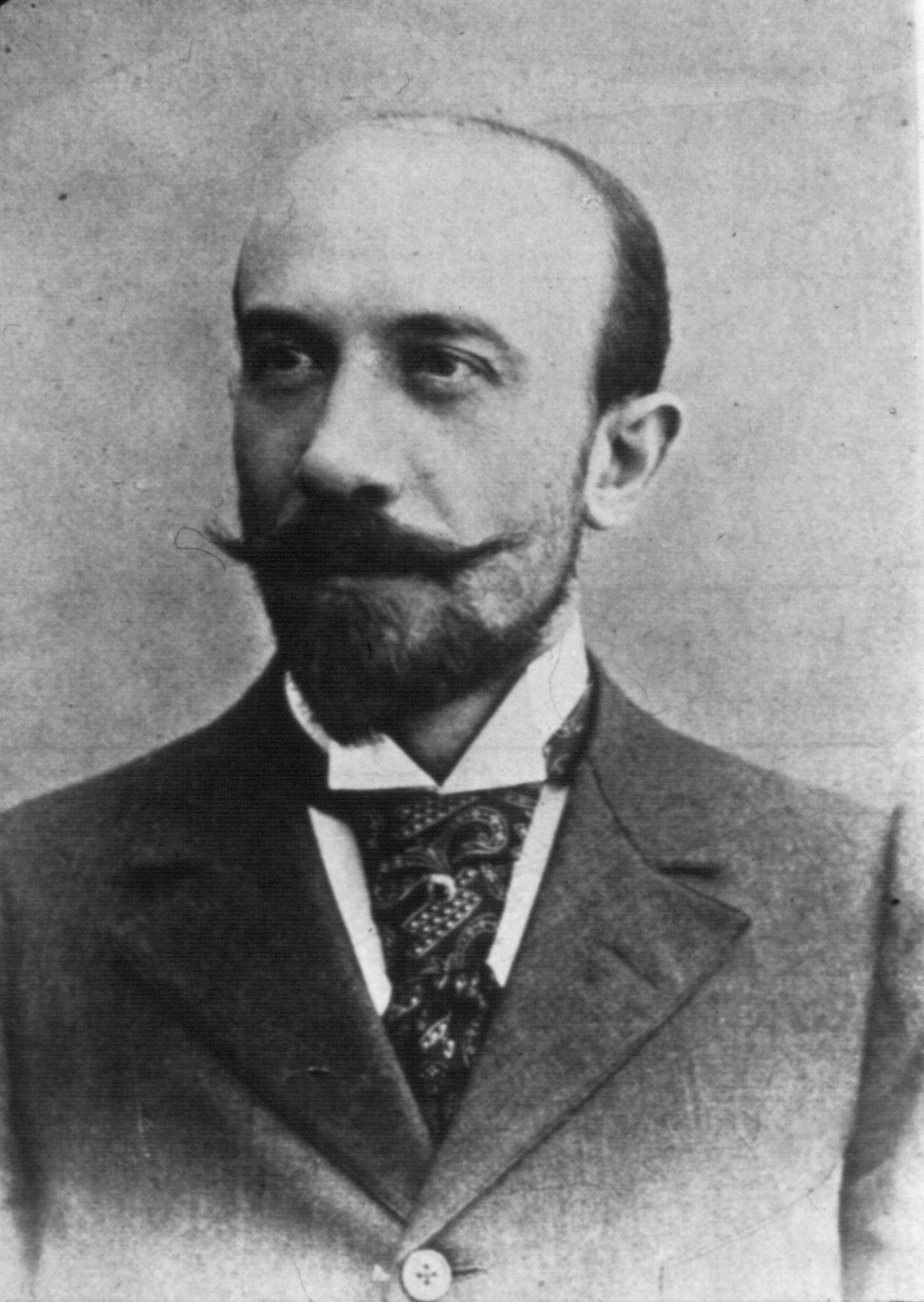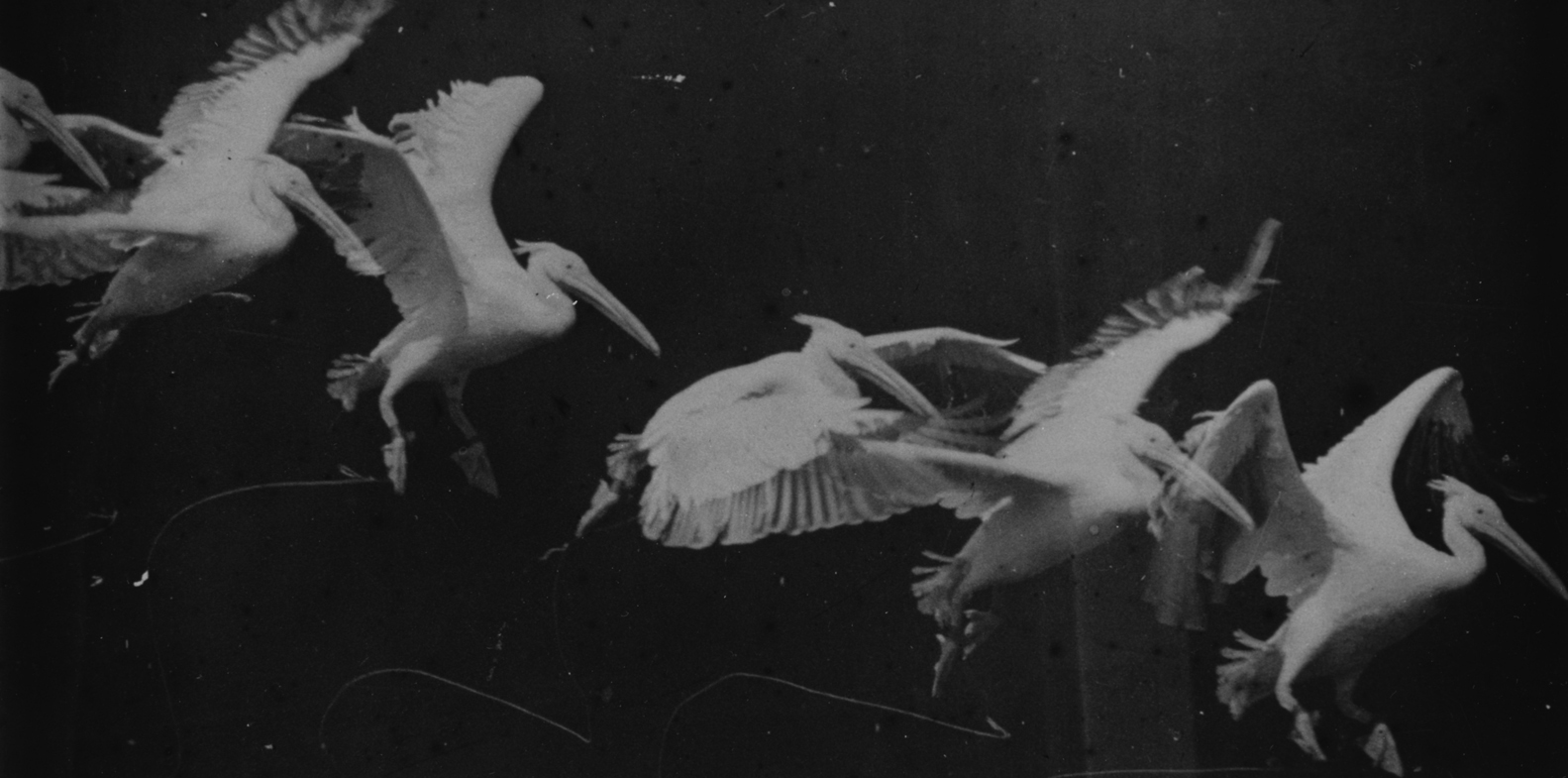Whether it be a prop or an actor, animation, for Borowczyk, simply meant breathing life into something or someone. While he is often referred to as an animator turned live action filmmaker, Borowczyk did not make a distinction between the two genres:
"I’ve never considered whether I make animation film or a film of animated drawings or anything else... I just make film. My principal guide in everything I do in cinema is what I learned when very young: film is the unfolding of 24 images per second. This analysis, or extract, of what the eye perceives, creates cinema. My guide is thinking of how to express myself in 24 images, going past and creating a movement, or an illusion of one. When I learned that, I immediately came up with so many ideas. But I didn’t invent this way of thinking. Méliès did it all first. There’s no invention involved. It’s just playing with the elements. And each does so according to their temperament."
(This quote is from a filmed interview with Borowczyk that features in a new 60-minute documentary which is to be part of Arrow Academy’s forthcoming Walerian Borowczyk Collection - to pre-order your copy click here.)
Whenever journalists quizzed Borowczyk about his filmmaker heroes he would always mention:
Charles-Émile Reynaud (1844 - 1918):
Émile Cohl (1857 - 1938):
Georges Méliès (1861 - 1938):
It is interesting to consider Borowczyk’s affinity with these three pioneers of early cinema. First and foremost, all excelled in the short film form. Second, each one of these filmmakers made fantastic films, in the sense that they favoured the world of imagination.
Like his former collaborator, Jan Lenica (1928 - 2001), Borowczyk was fascinated not just with early cinema, but also the precursors of cinema. He was particularly fascinated by the French physiologist and chronophotographer Étienne-Jules Marey (1830 - 1904). Over a decade before the Lumière Brothers held their first private screenings of their own motion pictures, Marey developed a gun-like device which could photograph twelve frames per second:
Similarly, the English photographer Eadweard Muybridge (1830 - 1904) developed a system involving multiple cameras to capture motion as well as a projection device: the zoopraxiscope:
Borowczyk and Lenica paid homage to these early pioneers of cinema in a sequence in Dom (House, 1958), featuring a bout between two fencers. The same year, Borowczyk produced a short film entirely from still photographs, Szkółka (The School, 1958), and developed the technique further with Les Astronautes (Astronauts, 1959), co-directed by Chris Marker (1921 - 2012):
Interestingly, a few years later Marker directed his own film made up from only still photographs (well, almost), La Jetée (1963), which featured none other than Mrs Borowczyk, Ligia Branice, as one of the ‘faces from the future’:
Next week, B...
DB








No comments:
Post a Comment